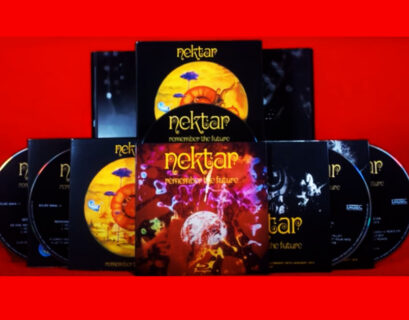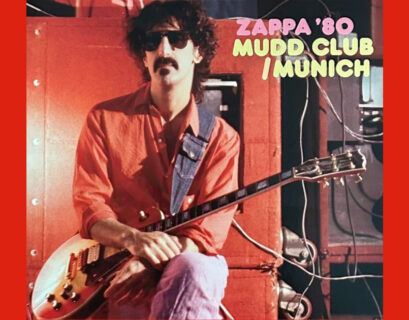It’s the time of year for saving money!
Most everyone I know who has heard the classic rock album called The Allman Brothers At Fillmore East which was released in 1971 agree that it is a brilliant recording of the band at its peak. And there’s a general assumption especially of friends who are fans of so called “jam bands” that after Duane Allman died the band wasn’t quite as good. There’s no doubt that he and co-lead guitarist and songwriter Dicky Betts had a special musical chemistry, but there are some really great moments which came later which are worth exploring.
But that isn’t a theme here I want to discuss. You see, I’m reviewing a new three CD set of recordings made by Owsley Stanley (a.k.a. Bear a.k.a. the audio wizard for the Grateful Dead back in the day) and this presents some interesting insights into the band’s remarkable progression.
In this new three CD set — called Bear’s Sonic Journals: Fillmore East, February 1970 Deluxe Edition —we get to hear two visions of what The Allman brothers were about at that point in time.
Culled from two fine sets that February in 1970, on disc one you hear a compilation of the best parts of both shows (this was previously released, for those who may have missed it). Together, these recordings have been a bit eye opening for me due to the quality of the mix Owsley crafted here. I’ve certainly heard other Allman’s shows from this era, but the clarity was not as distinct as on these recordings.
To really appreciate this it helps to leapfrog ahead to that acclaimed 1971 run of Fillmore shows. When you listen closely to the Allman Brothers Band of that year you realize that they had developed into a remarkable hybrid of authentic electric blues, rich exploratory jazz fusion and swinging Stax-worthy-soul ala Booker T & The MGs (note: remember, Duane recorded on many Memphis sessions including recordings for Aretha Franklin, King Curtis, Wilson Pickett, Arthur Conley and many others)
So on the 1971recordings we all got to hear the big payoff of all the hard work that the band did to get to that point. For many, this was the first exposure to the group.
And that is where this 1970 recording is so fascinating. They were already a great band beginning their journey towards becoming legends of their times, better than all the rest.
Owsley captured remarkable detail on these 1970 recordings of The Allman Brothers Band. At times it feels like you are listening to an audio x-ray and there we can hear quite clearly that in 1970 the group was not really as tight as they would become a year down the road for those legendary Fillmore East shows.
The arrangements of the songs are more or less in place but the band members have not gotten the “inside” the music, if you will. There’s some really heartfelt stuff going on, but it is that alchemical extra something that is missing at this point.
This is where Bear’s Sonic Journals: Fillmore East, February 1970 Deluxe Edition becomes a fascinating piece of music history, capturing a moment in time, like seeing an early version of a master painter’s work.
Some of the issue is timing. The 1971 interlocking of Duane and Dicky’s guitars delivered spellbinding synchronicity as did drummers Butch Trucks and Jaimoe Johanson. Perhaps most telling is the evolution of Greg Allman’s signature gruff blues voice. In 1970 you can hear him finding his footing, trying to find his vocal sound.
Again, Bear’s Sonic Journals: Fillmore East, February 1970 Deluxe Edition is really quite fascinating to listen in this regard.
The Allman Brothers were playing some great things at this point, most notably a song they were breaking out around 1970 but which fell by the wayside by the time of the 1971 recordings: “Outskirts of Town.” Ironically, this song seems to be one of the tightest fully formed pieces they played in this set, closest to that later synergy.
I wish they’d kept on doing that tune.
So all in all Bear’s Sonic Journals: Fillmore East, February 1970 Deluxe Edition is a great little collection and certainly if you’re a fan of The Allman Brothers or are tired of listening to hissy bootlegs, you want to pick this one up. The first disc on this set was released on vinyl and CD a few years ago (and the LP version is now a pricey collector’s piece!).
If you’re just curious about expanding your knowledge about the group, this is a good way to grow. Then tune in several months later to July 1970 Live At The Atlanta International Pop Festival where you hear them making more inroads toward that magic ultra-tight / ultra-loose swinging soulful jazz rock sound. The Allman Brothers Band were clearly on quite an amazing journey and now between this and several other archival releases you can follow that path to timelessness.



















